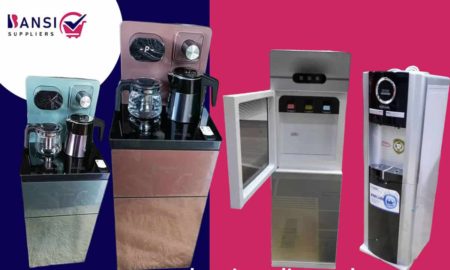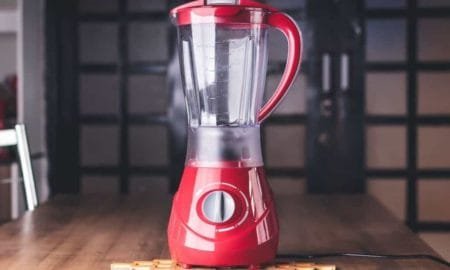
Fridge Power Consumption
James2024-02-23T00:58:12+03:00Does a Fridge Consume a Lot of Electricity?
As a homeowner conscientious about saving on utility bills, one of the primary concerns often revolves around the power consumption of household appliances, particularly the refrigerator. Delving into the intricacies of fridge power consumption unveils a spectrum of factors influencing energy usage and offers insights into optimizing efficiency to trim down electricity bills.
Factors Influencing Fridge Power Consumption
The power consumption of a refrigerator is subject to various factors:
1. Size and Capacity: Larger fridges typically consume more power than smaller ones due to the increased space requiring cooling. A compact fridge with a capacity of 100 liters will undoubtedly consume less power compared to its bulkier counterparts.
2. Age of the Appliance: Older refrigerators tend to be less energy-efficient, thus consuming more power. In contrast, newer models are designed with advanced technologies to minimize energy consumption.
3. Temperature Settings: The temperature settings play a pivotal role in determining power consumption. Lower temperatures necessitate more energy to maintain, while slightly higher settings can lead to energy savings without compromising food preservation.
4. Environmental Conditions: The ambient temperature and humidity surrounding the refrigerator impact its energy usage. Fridges in hotter climates or poorly ventilated areas might work harder to maintain internal temperatures, resulting in increased power consumption.
Evaluating Average Fridge Power Consumption
Typically, a refrigerator’s power consumption falls within the range of 300 to 800 watts, equivalent to 3 to 6 amps at around 120 volts. However, these figures serve as estimates, with actual consumption varying based on the aforementioned factors.
Calculating Electricity Usage
Precisely determining a fridge’s electricity consumption entails understanding its running wattage. This value, derived from the total wattage divided by 3, offers a closer approximation of daily energy usage. By multiplying daily consumption by the number of days in a month, homeowners can gauge monthly electricity expenditure accurately.
Tips to Enhance Energy Efficiency
Maximizing the energy efficiency of refrigerators involves adopting proactive measures:
1. Optimal Temperature Settings: Maintaining recommended temperature ranges for the fridge and freezer ensures efficient cooling without unnecessary energy expenditure. Regularly monitoring temperature levels with a thermometer helps uphold these settings.
2. Routine Maintenance: Cleaning the refrigerator coils every six months prevents dust accumulation, thereby enhancing cooling efficiency. Additionally, regular defrosting prevents ice buildup, minimizing energy consumption.
3. Seal Integrity: Ensuring the integrity of door seals prevents cold air leakage, which can significantly inflate energy usage. Periodically inspecting and replacing worn-out seals safeguards against energy wastage.
4. Load Management: Avoiding overloading the fridge and refraining from placing hot or warm items inside can reduce the workload on the appliance, translating to energy savings.
Investing in Energy-Efficient Models
Upgrading to newer, energy-efficient refrigerator models presents a long-term solution to curbing electricity expenses. With advancements in technology, modern refrigerators offer superior performance while consuming minimal energy, making them a worthwhile investment for budget-conscious homeowners.
Conclusion
In conclusion, understanding the intricacies of fridge power consumption empowers homeowners to make informed decisions regarding energy usage. While refrigerators undeniably constitute a significant portion of household electricity consumption, implementing optimization strategies can yield substantial savings in the long run. By prioritizing energy efficiency, homeowners can strike a balance between comfort, convenience, and cost-effectiveness in managing utility bills.











